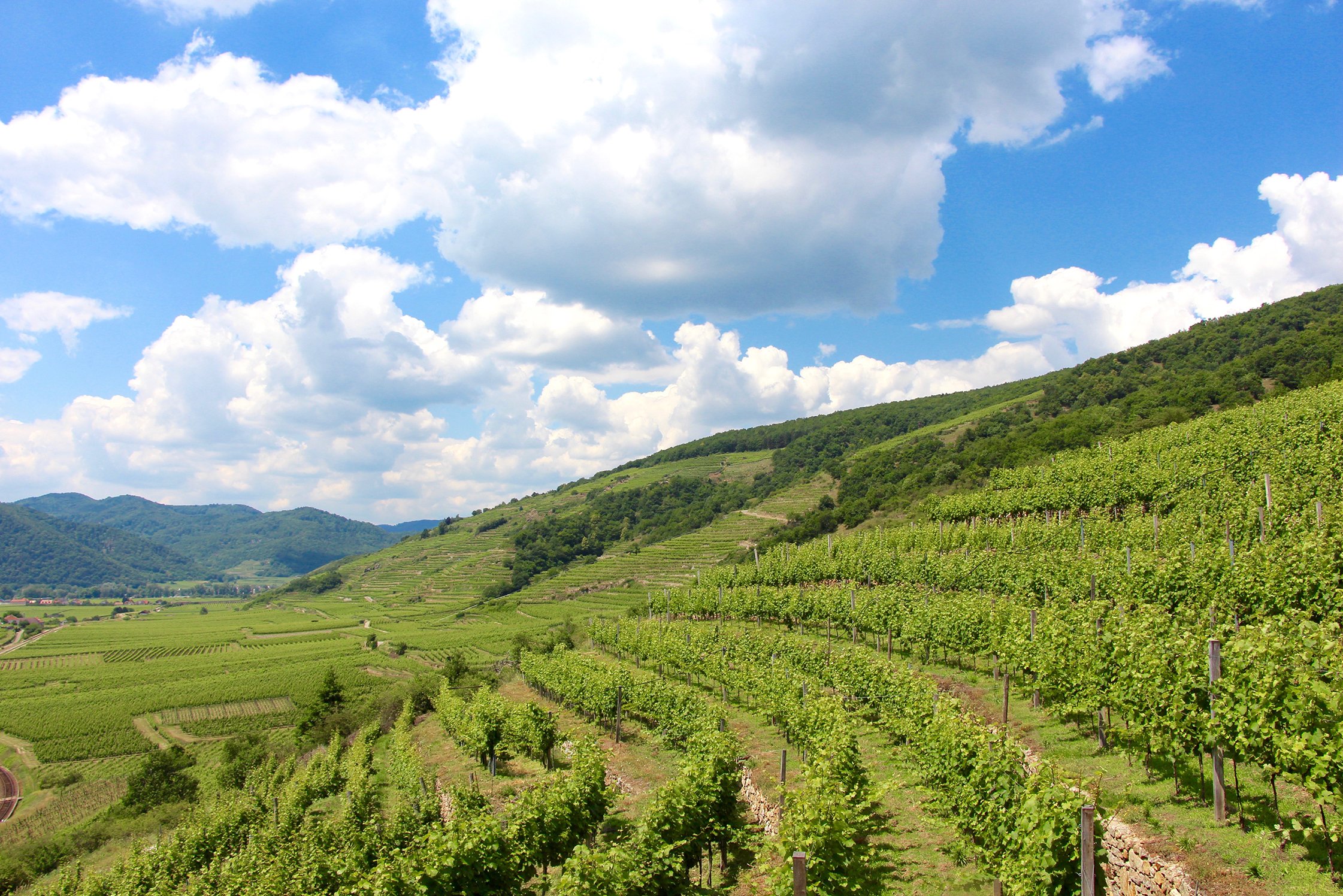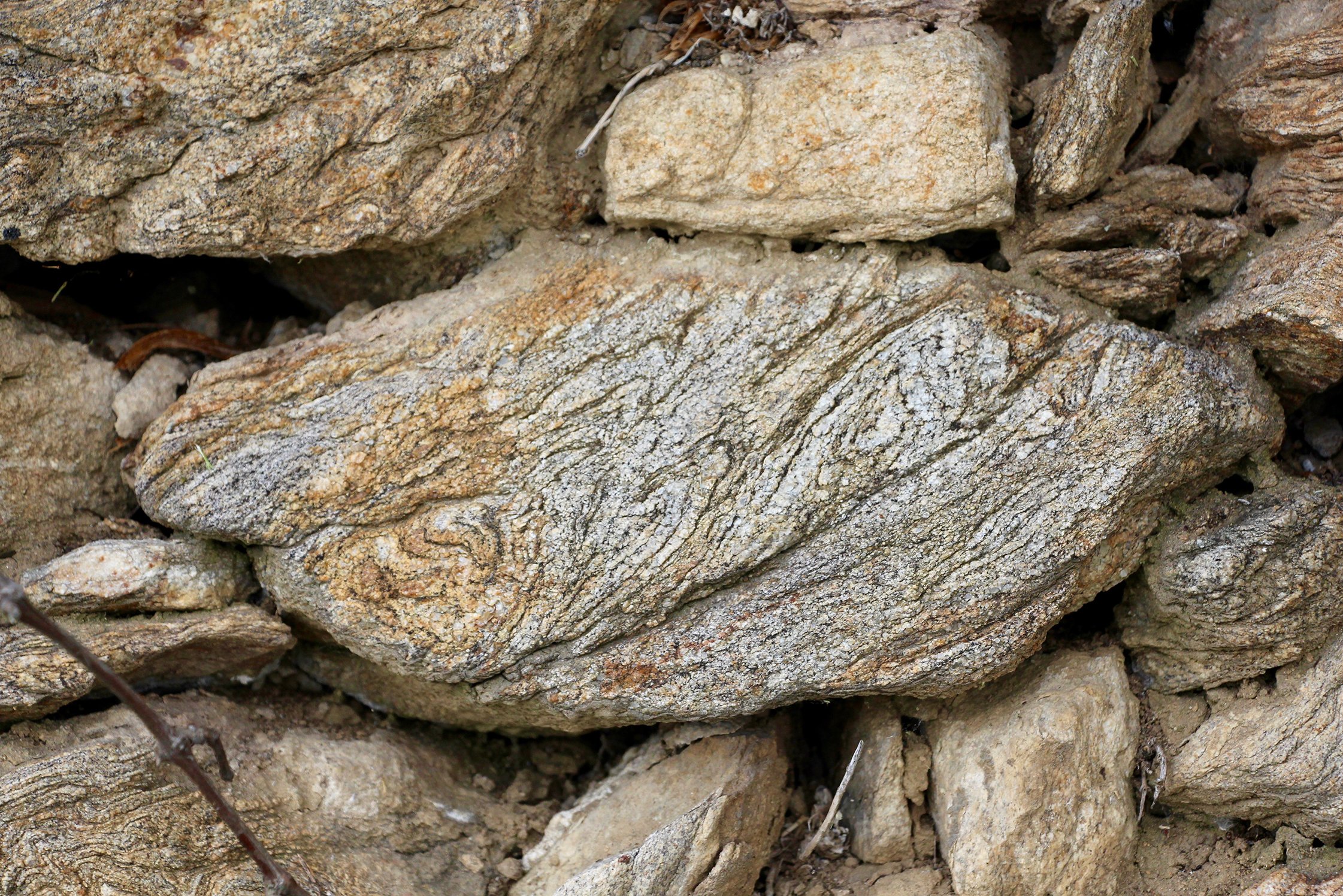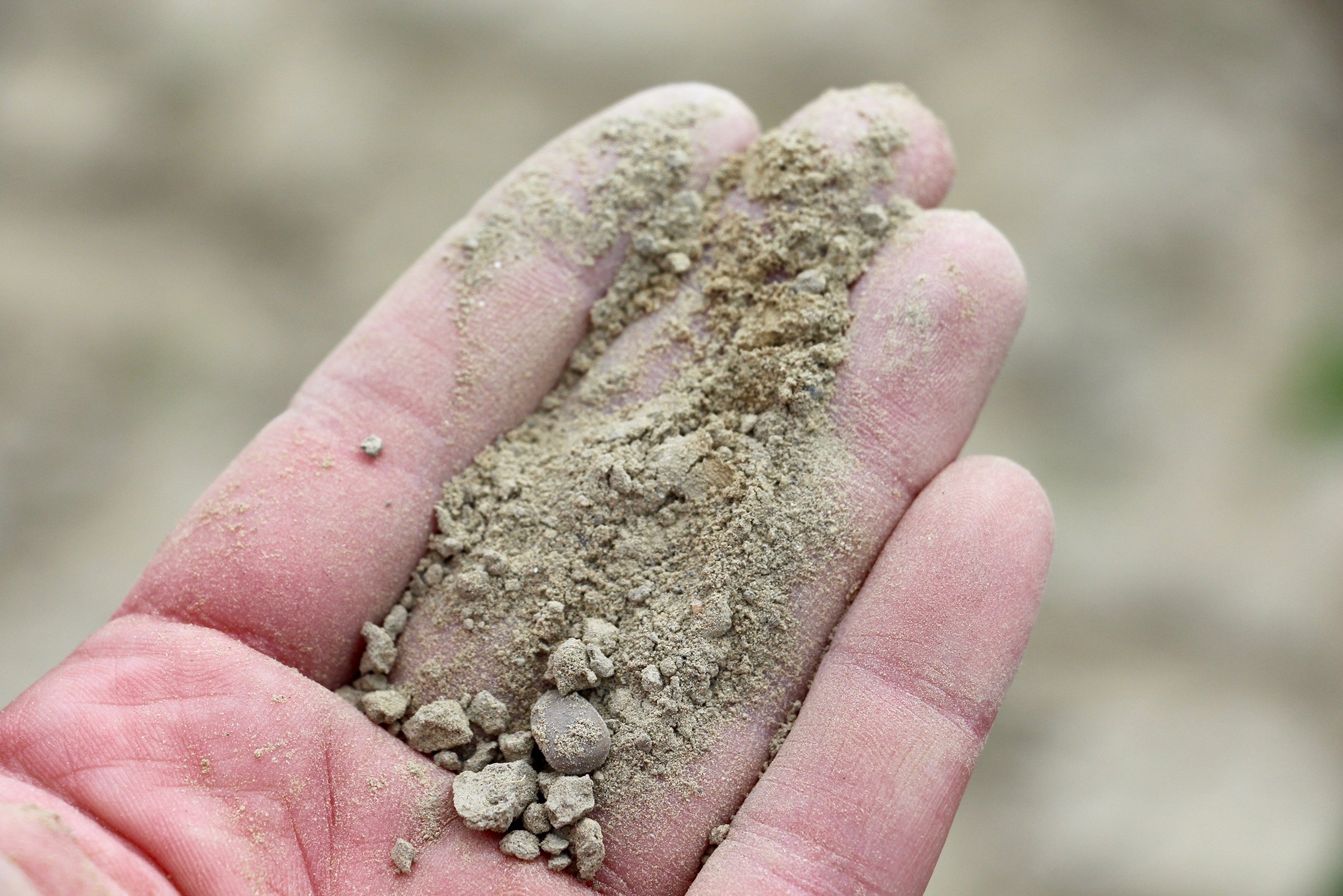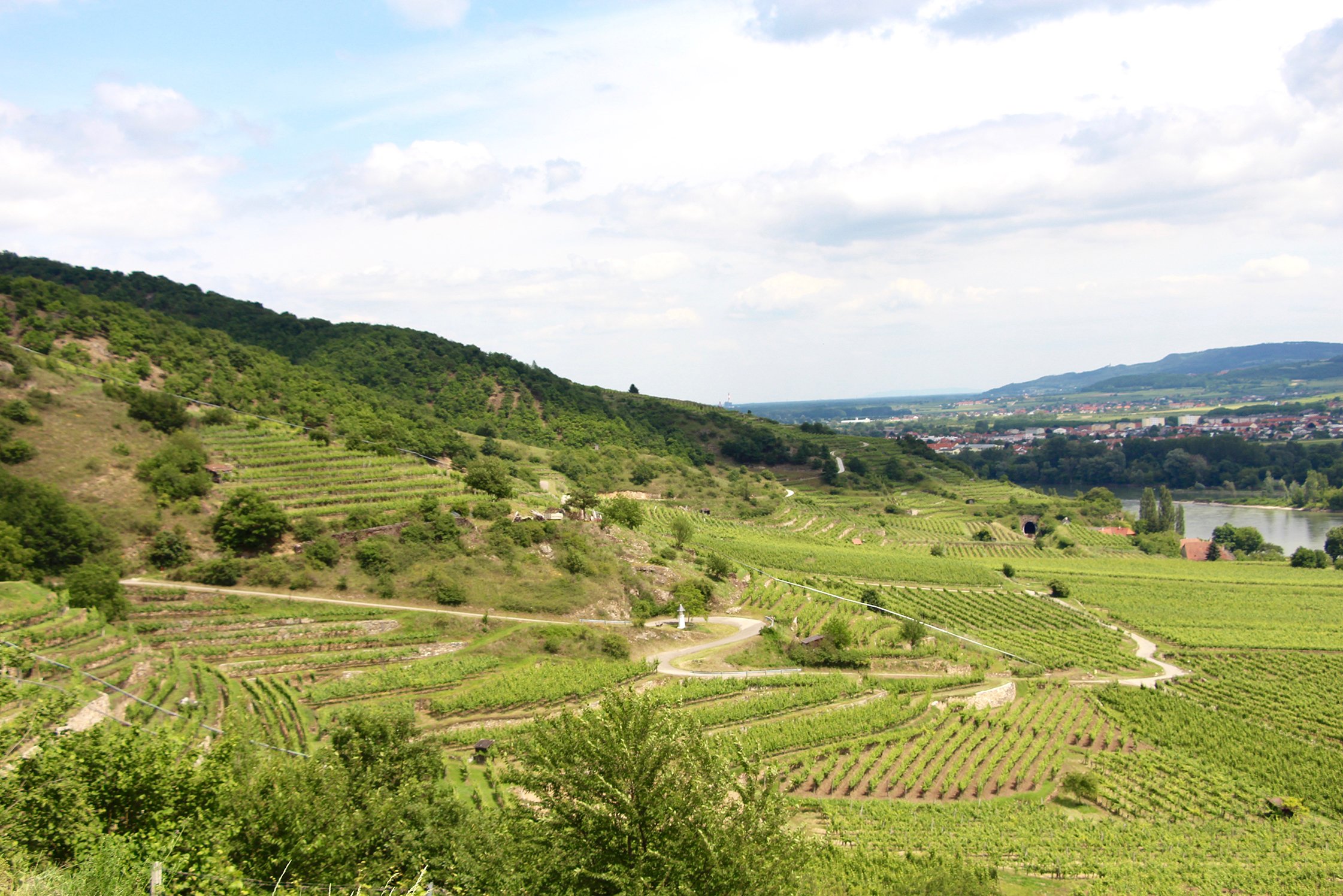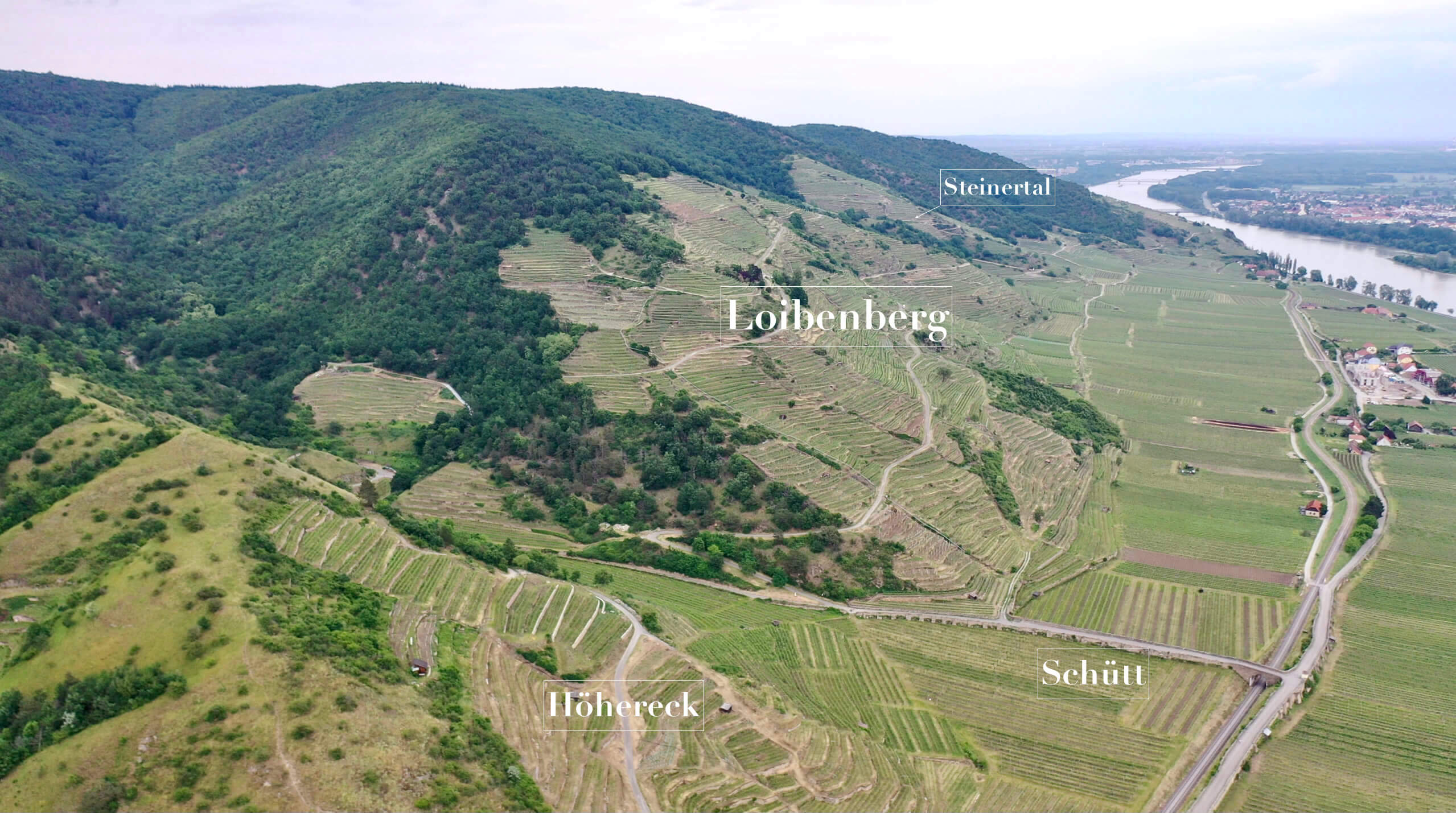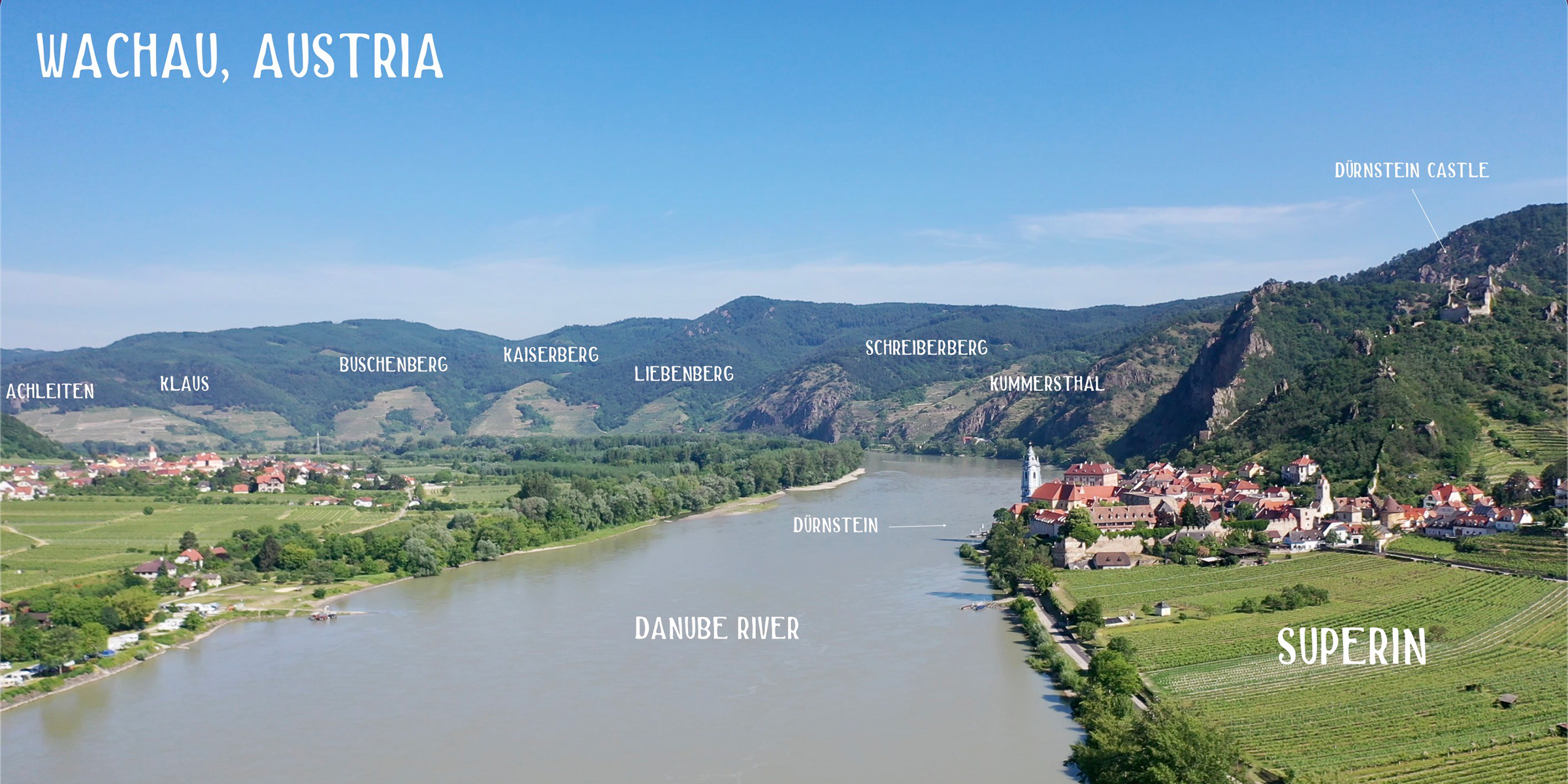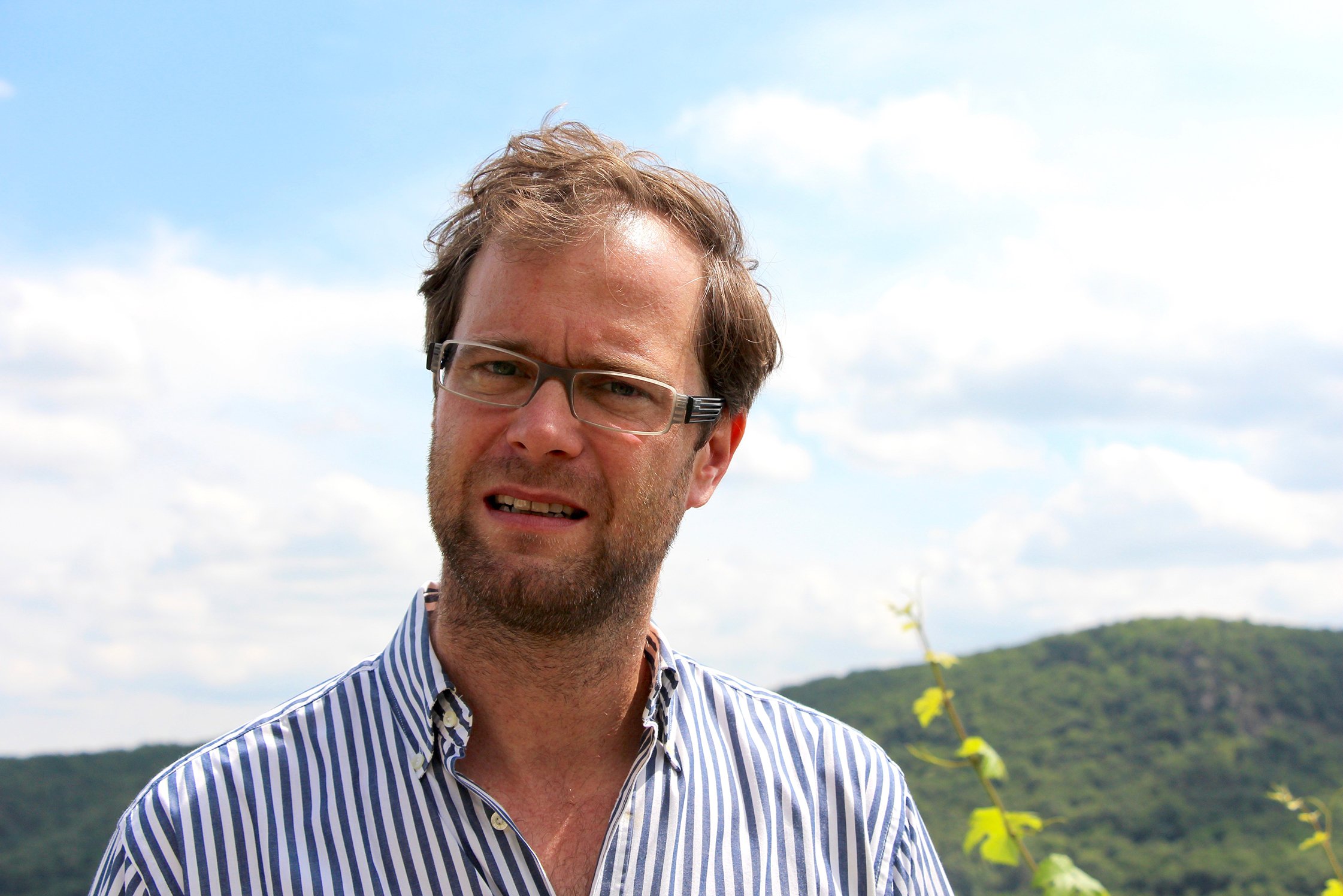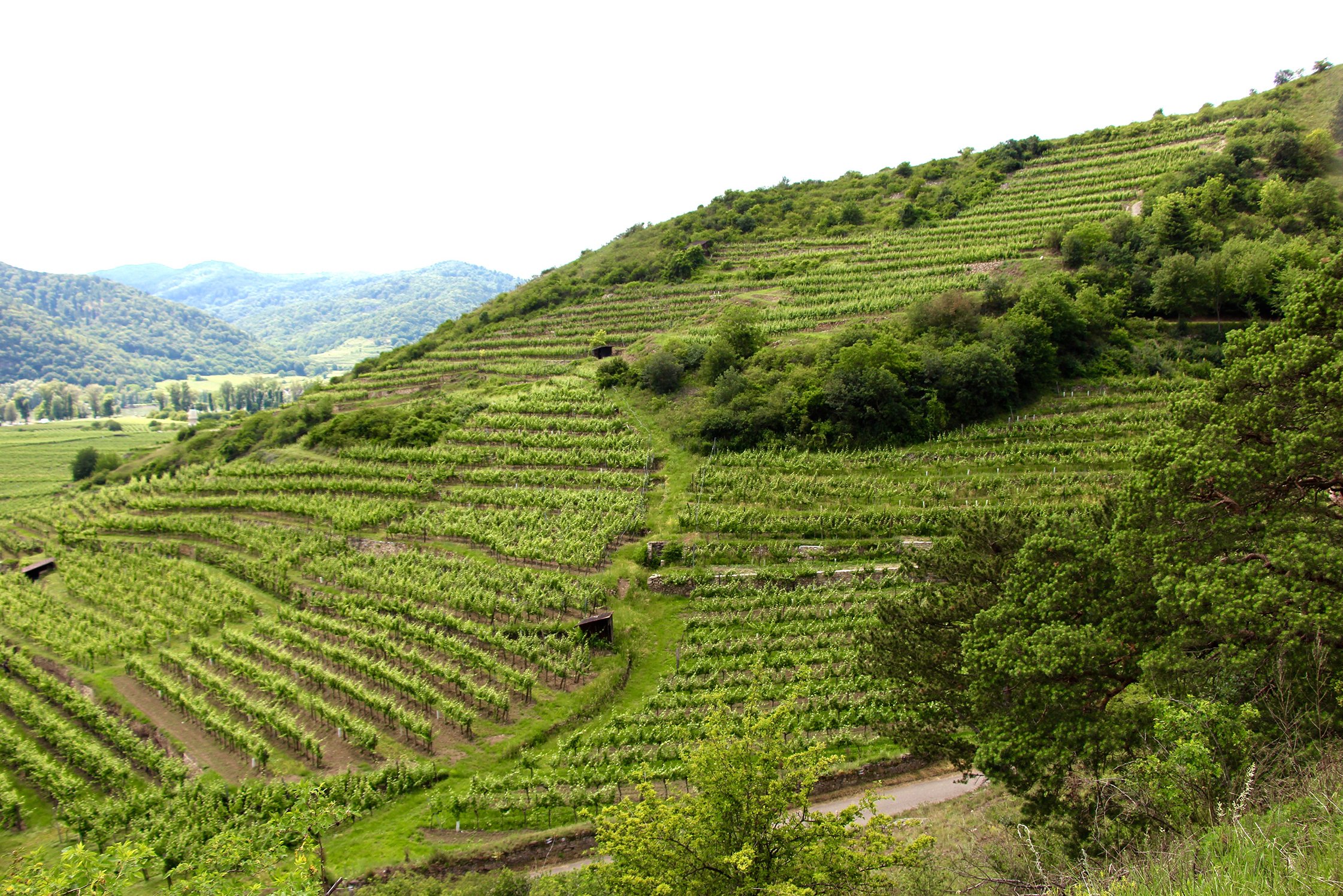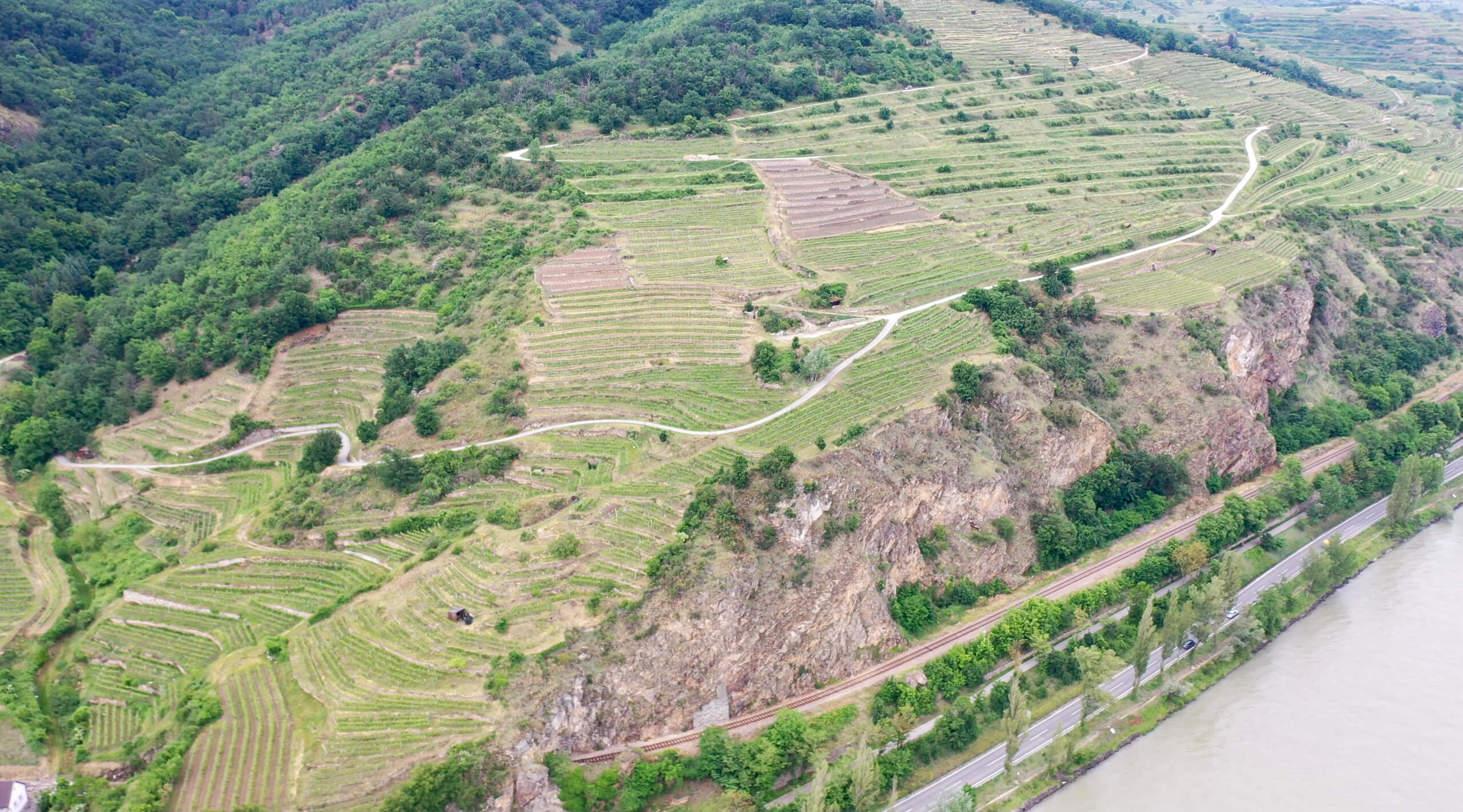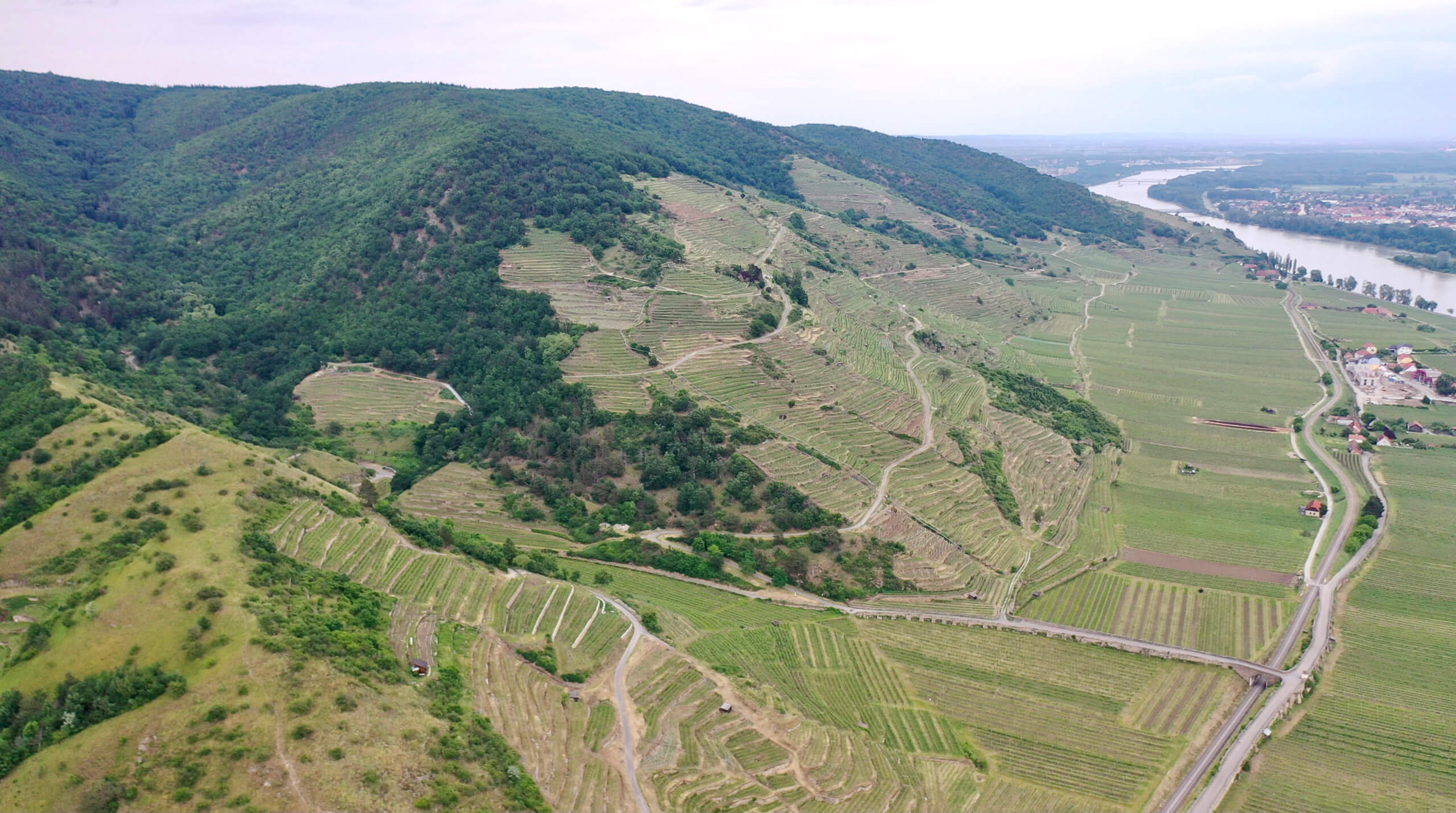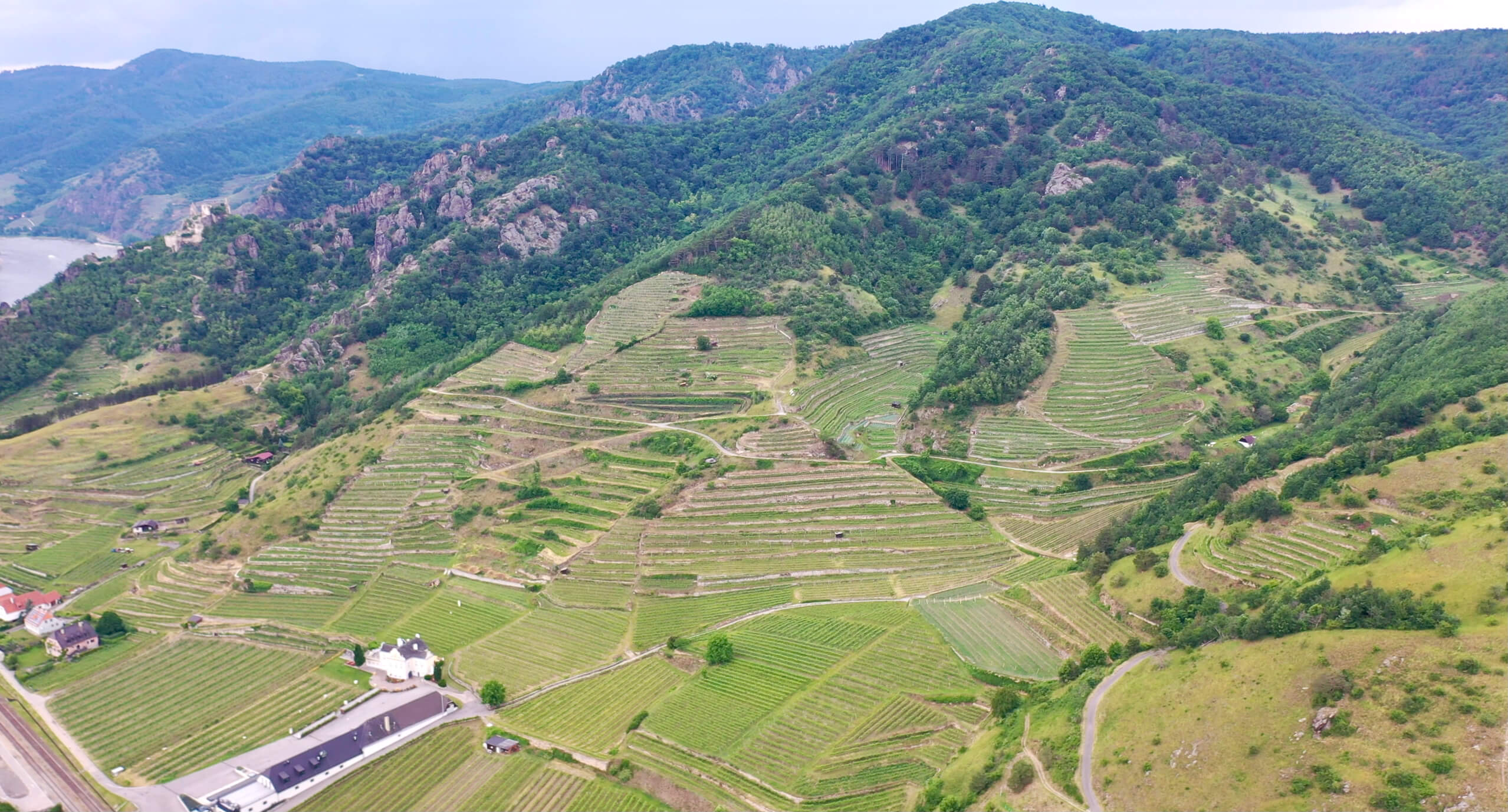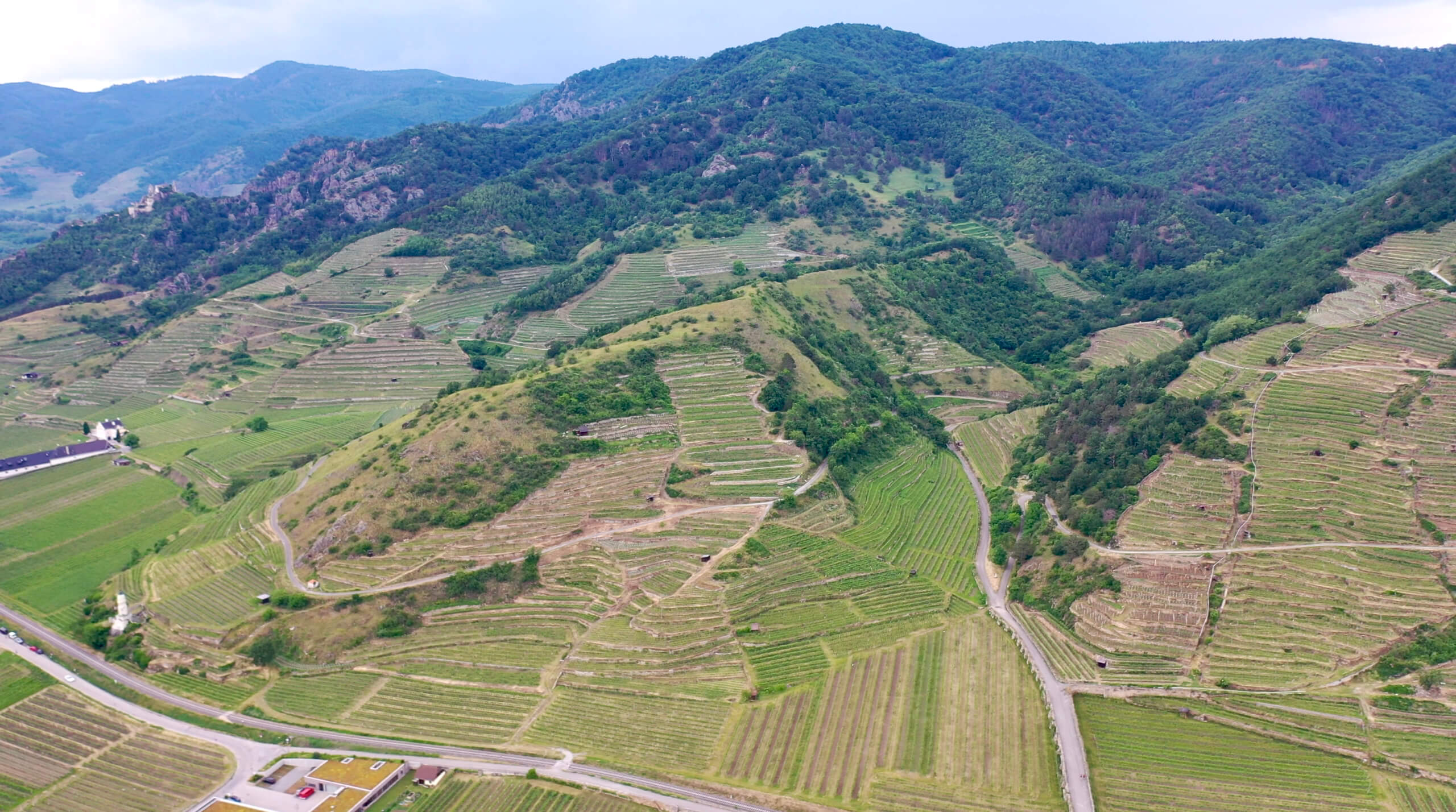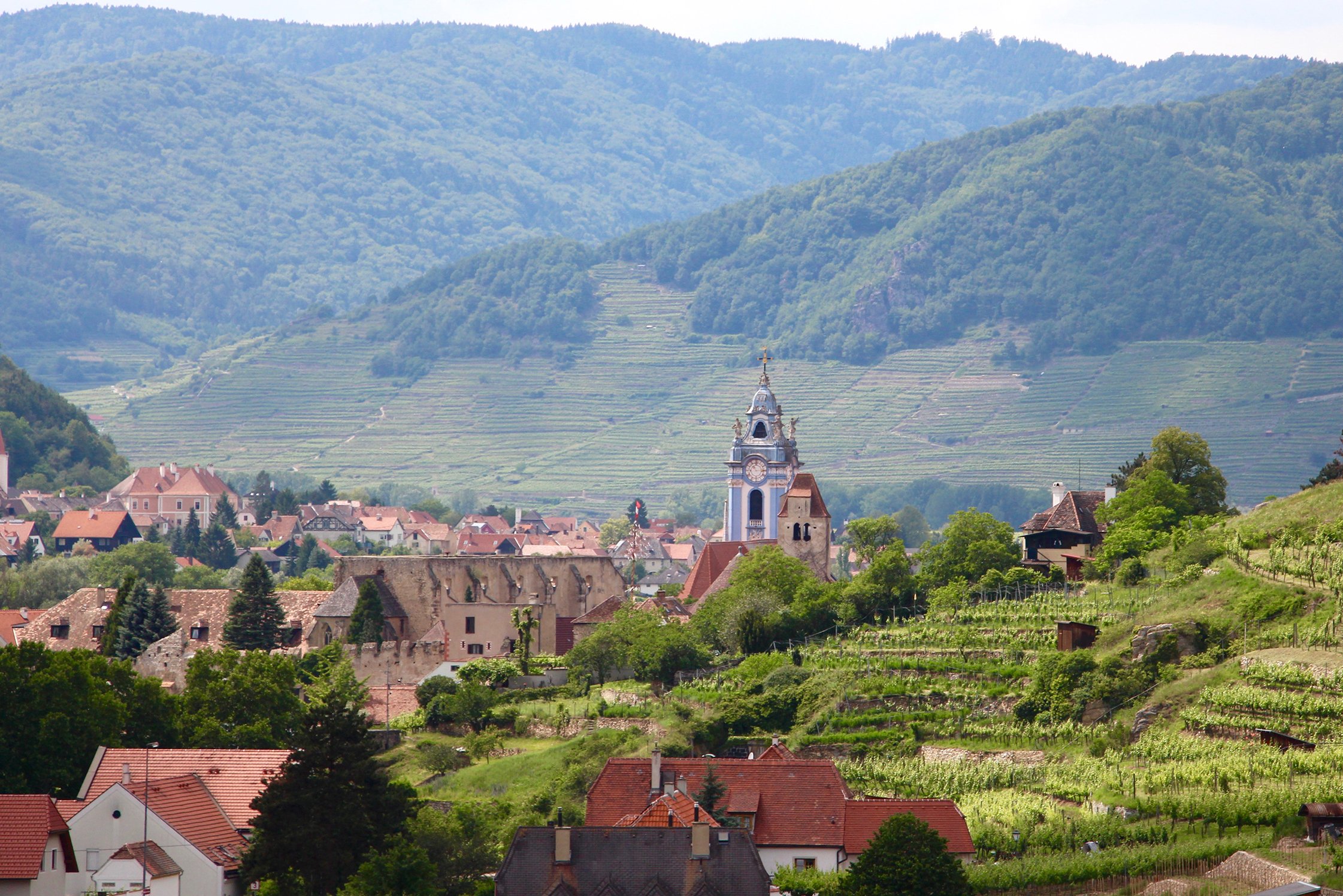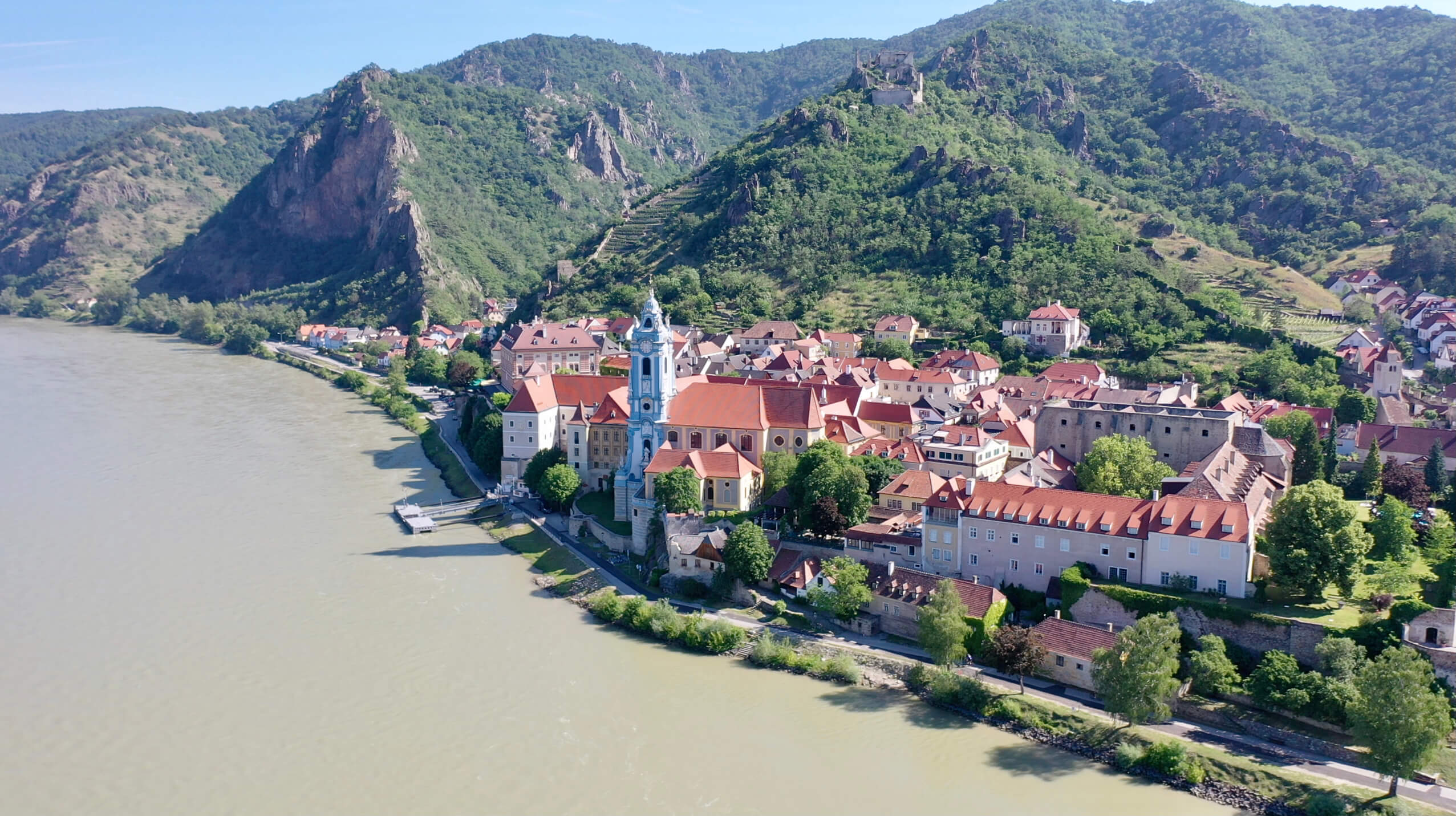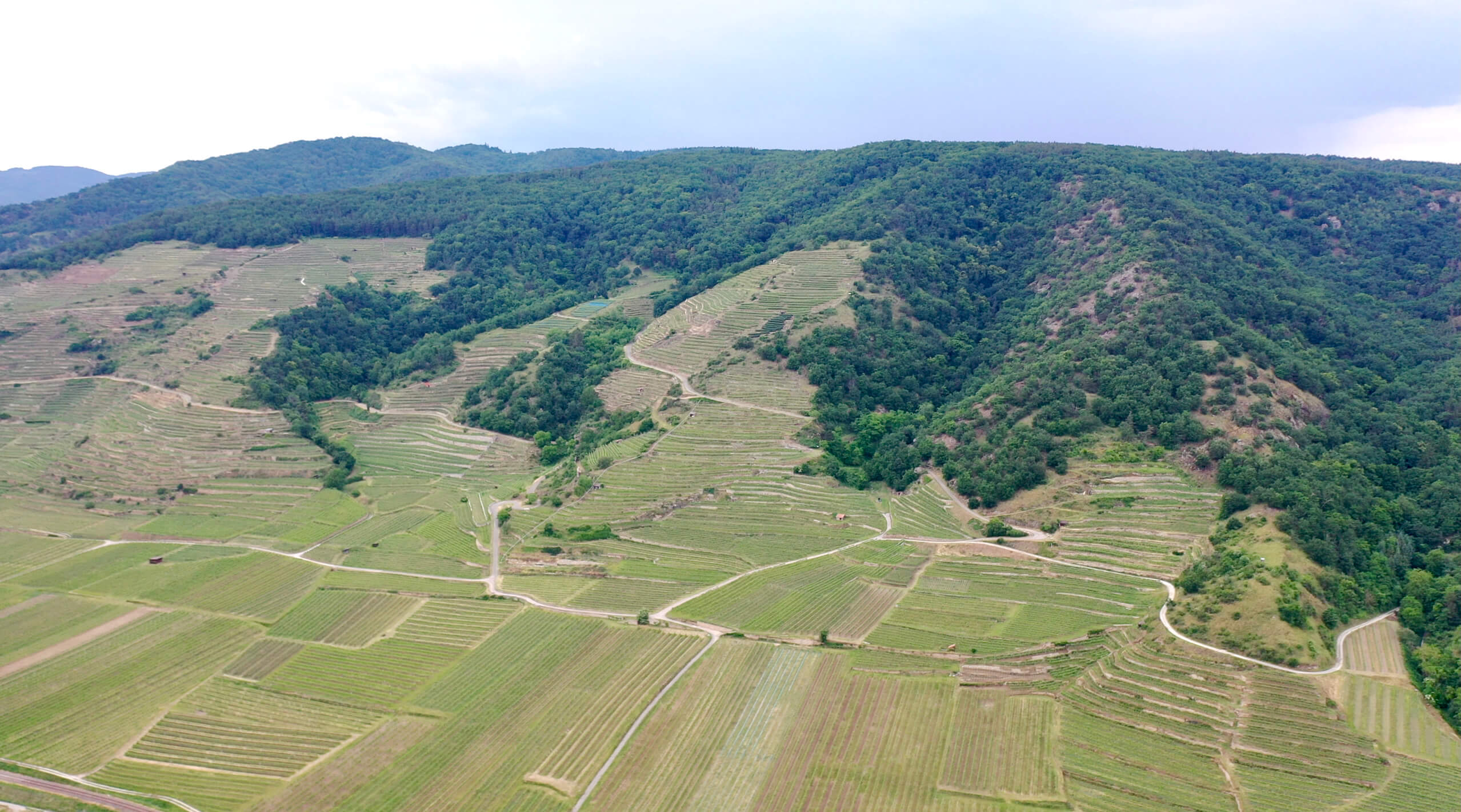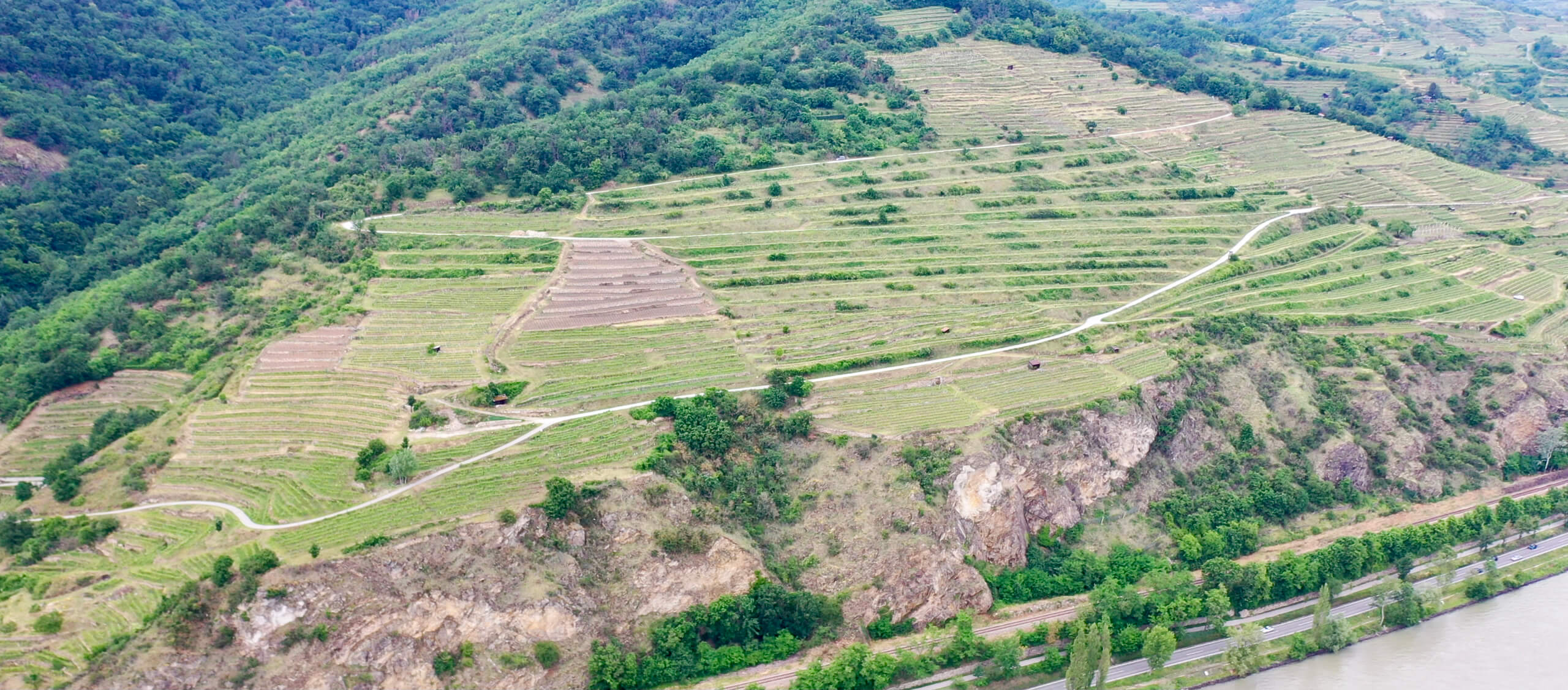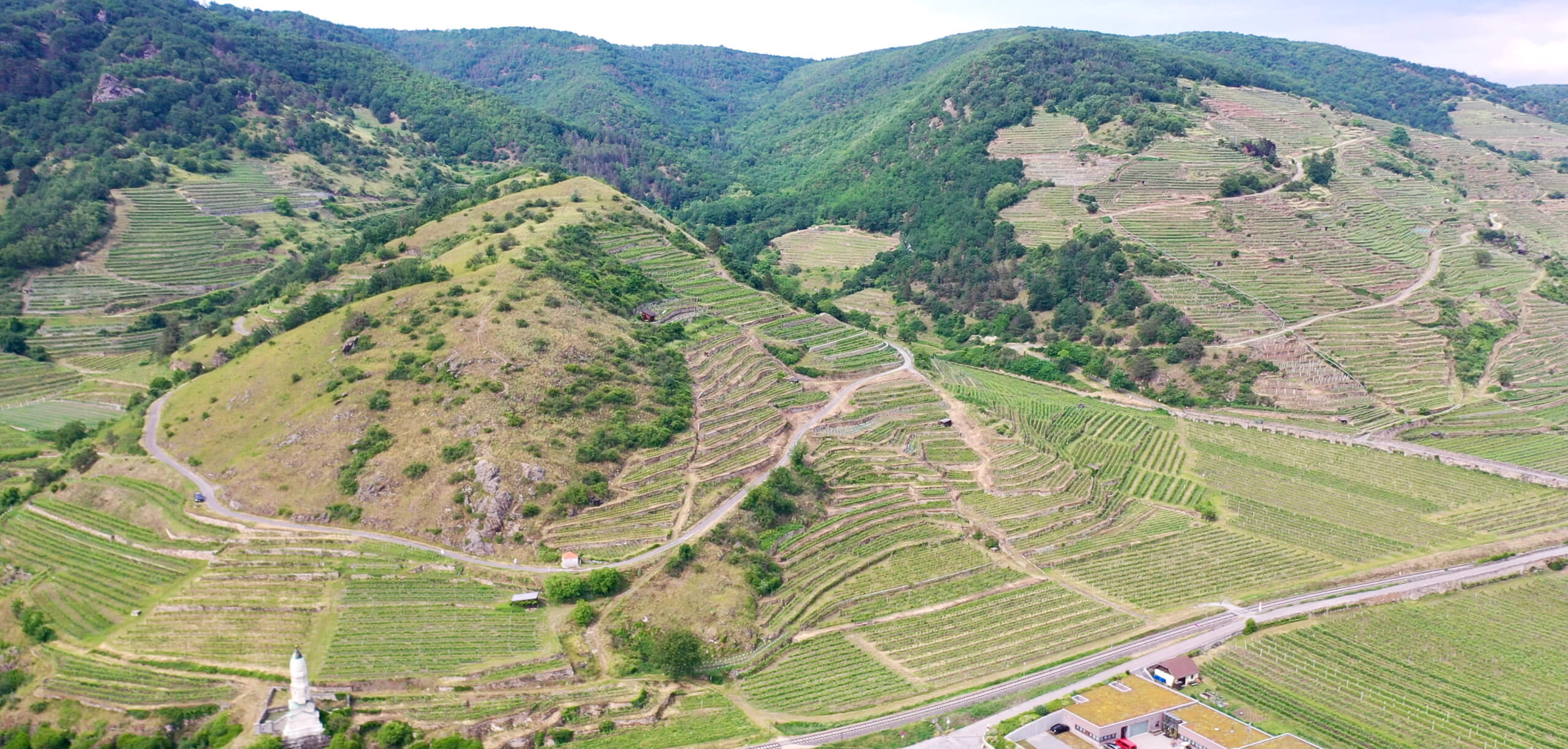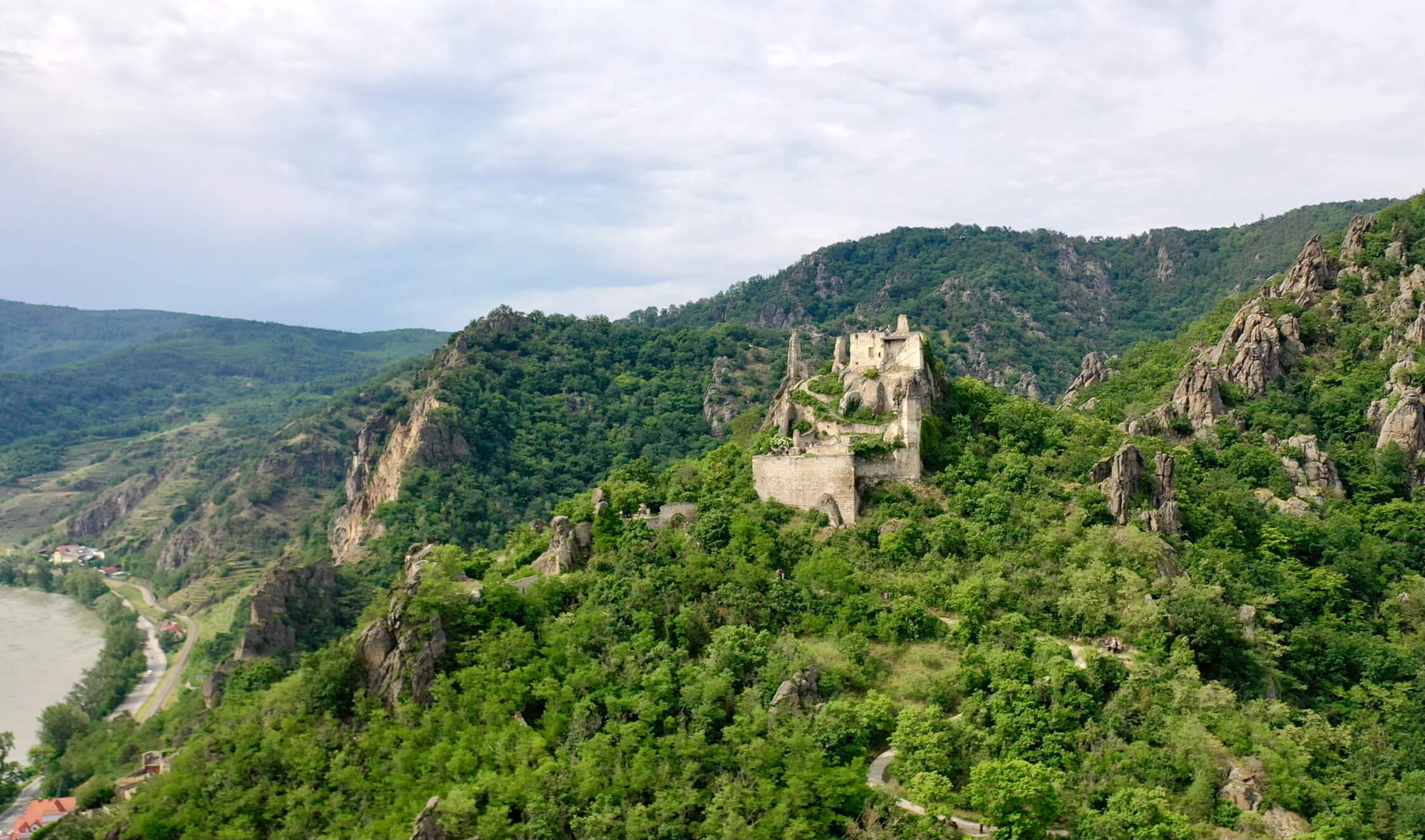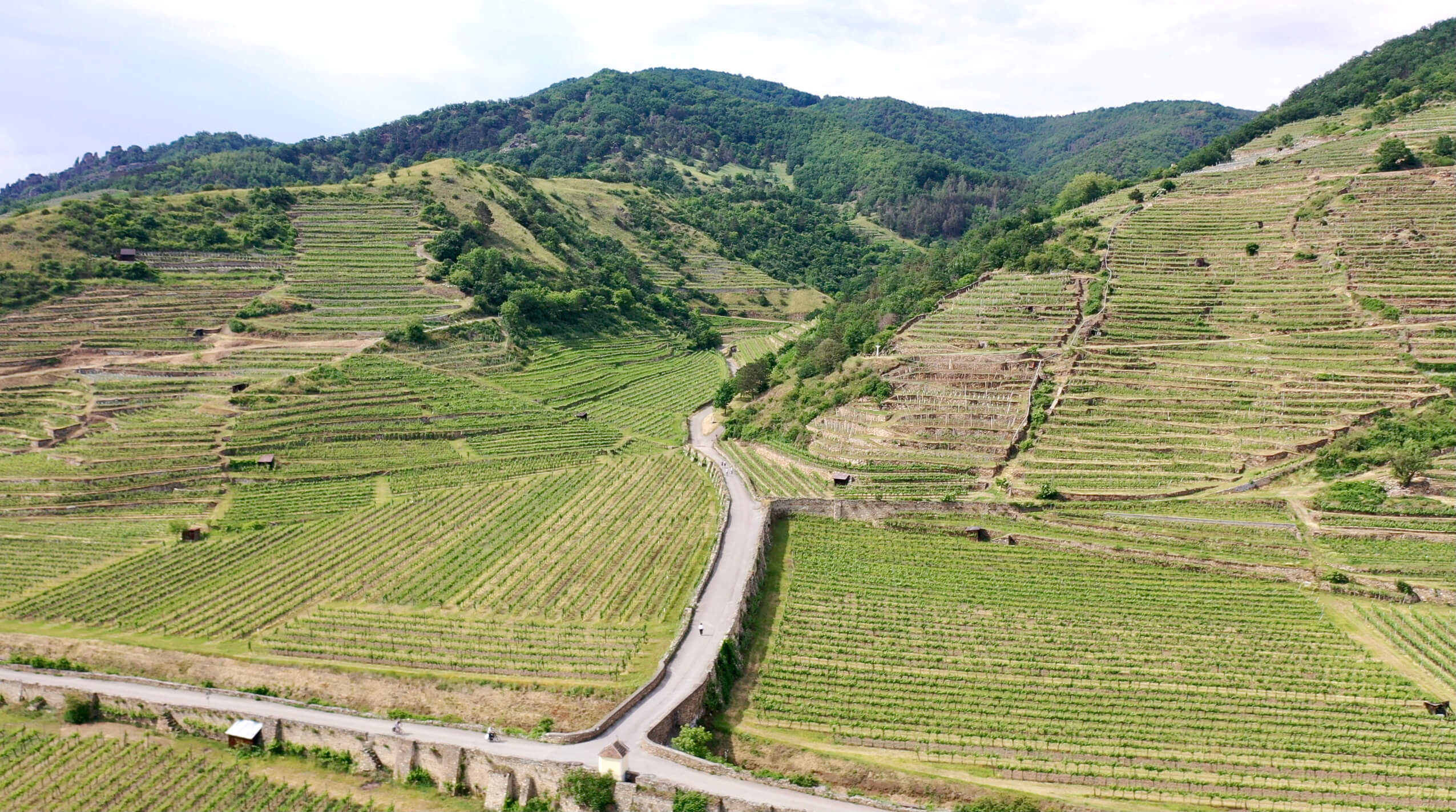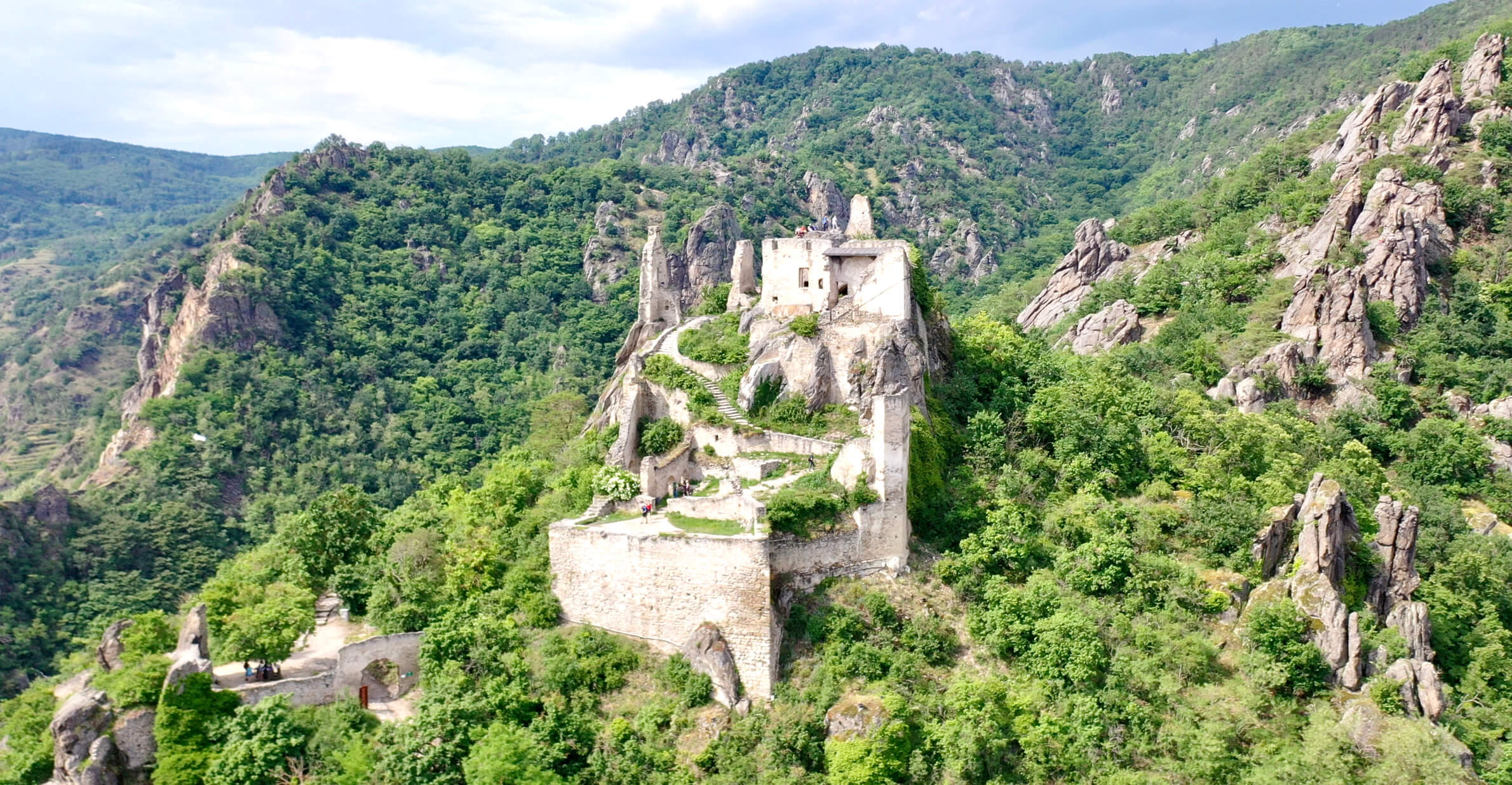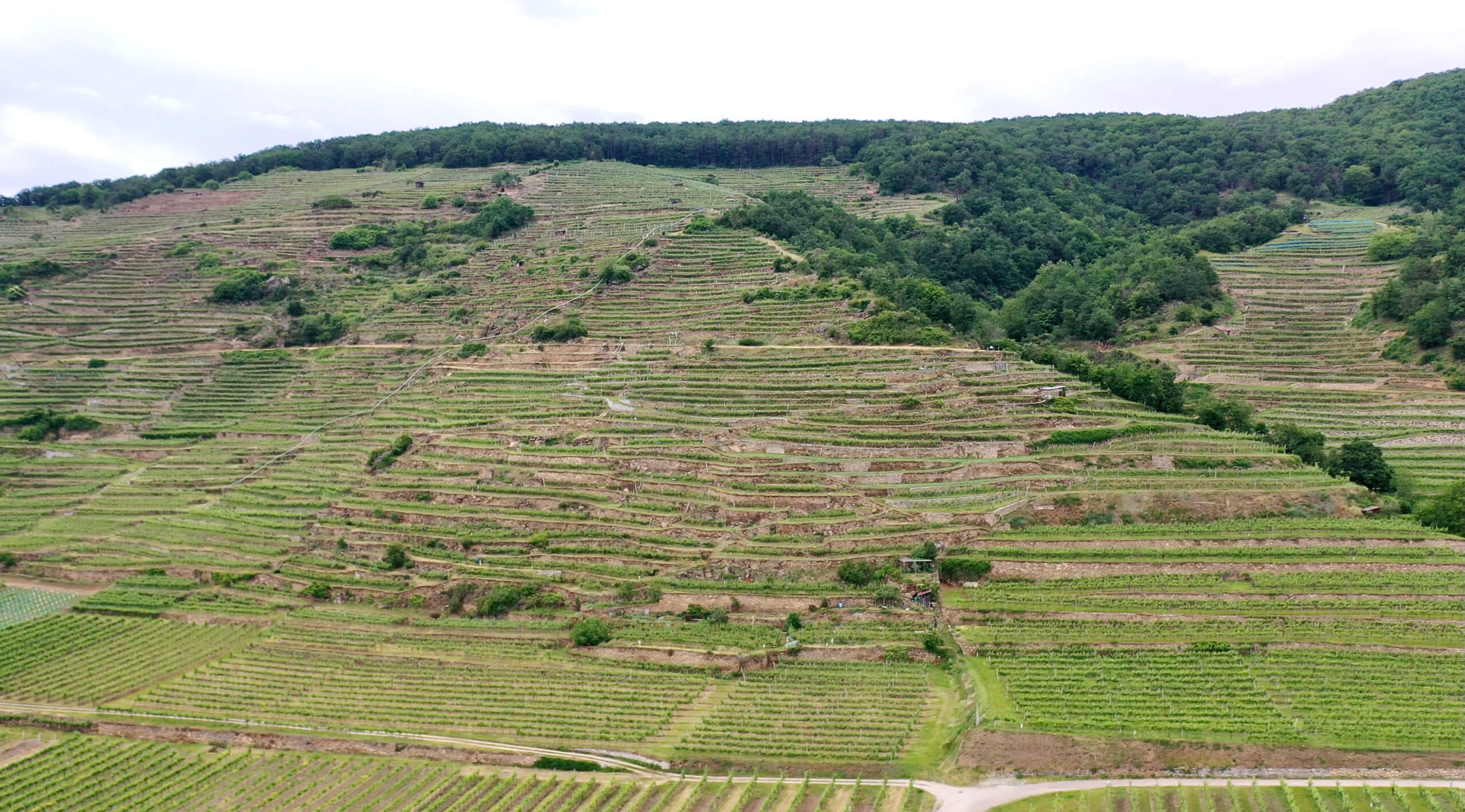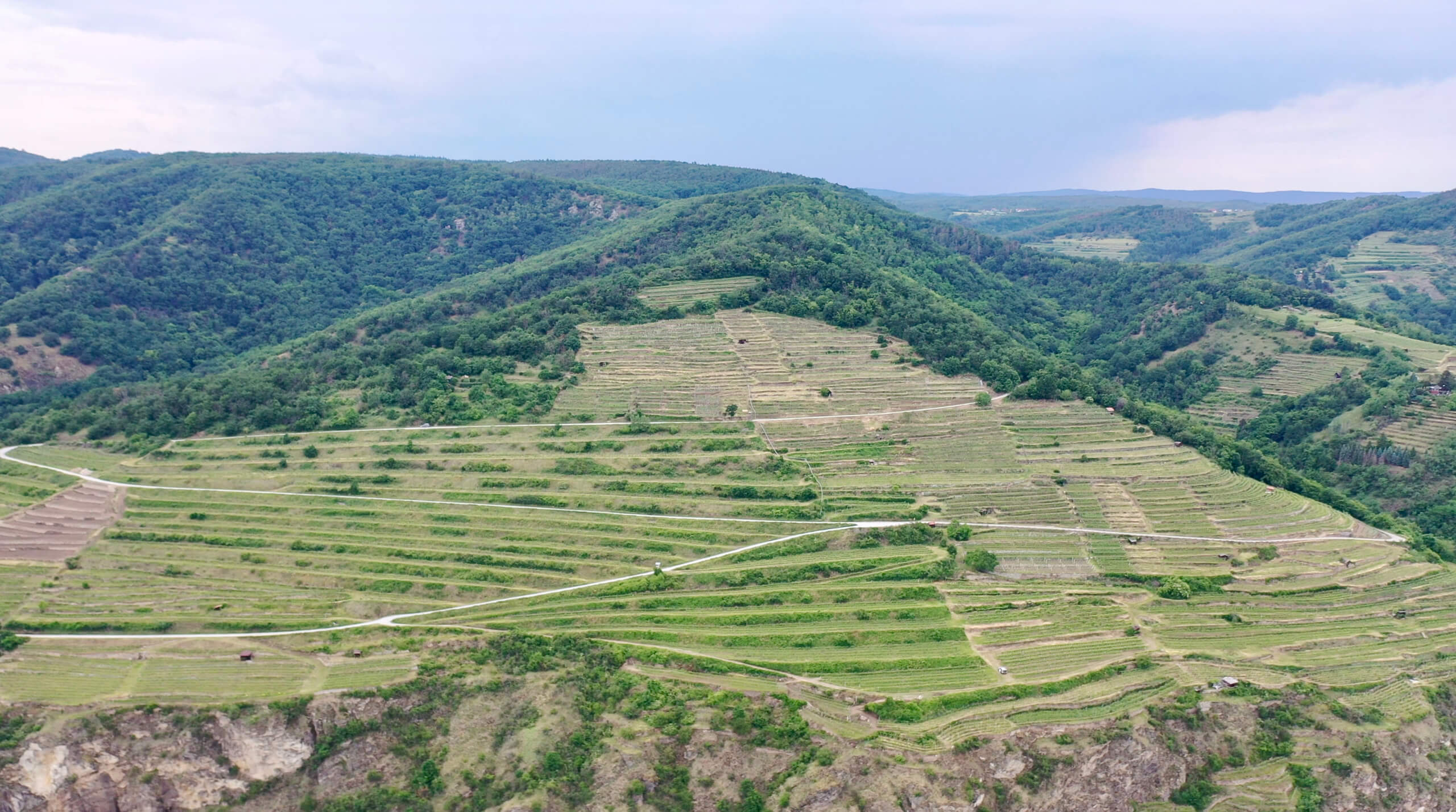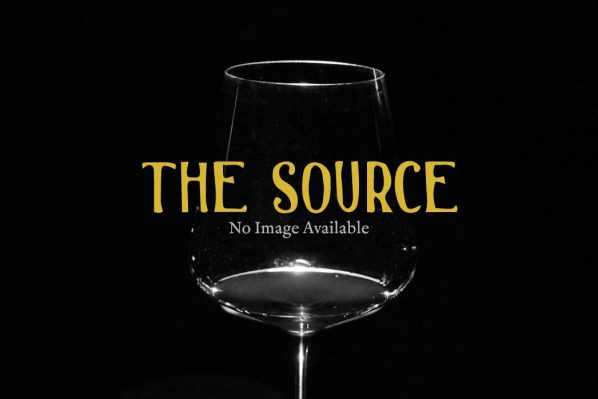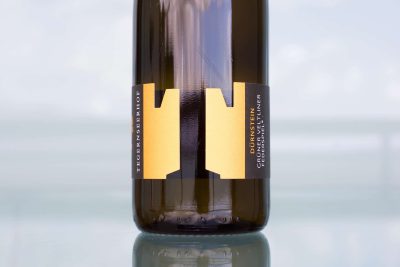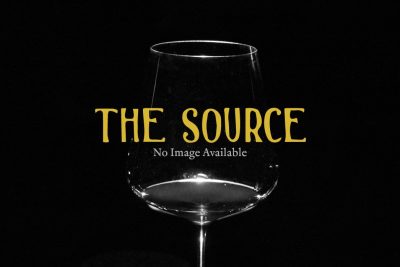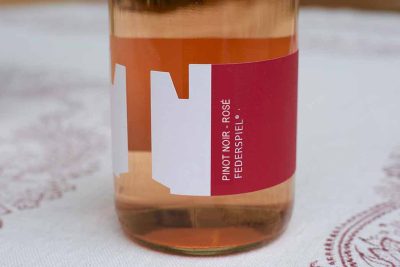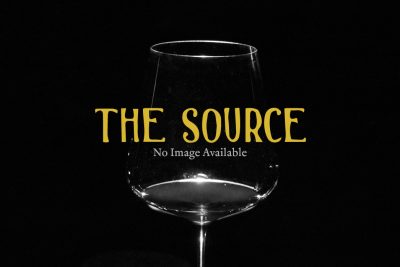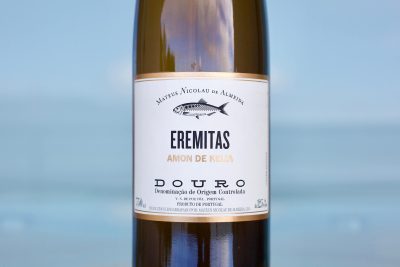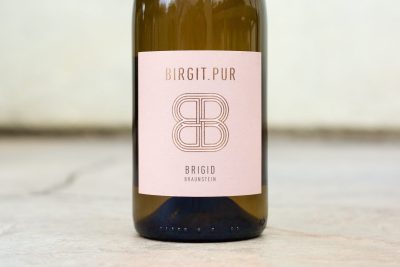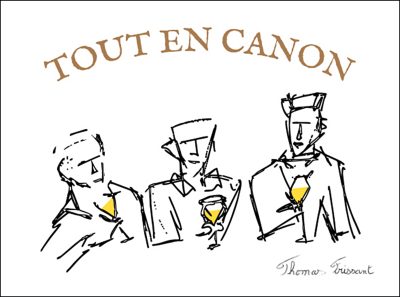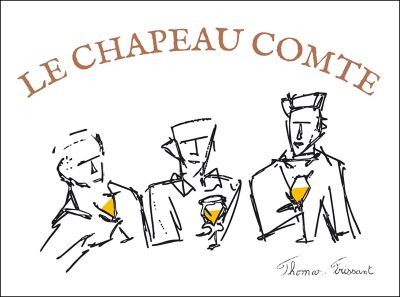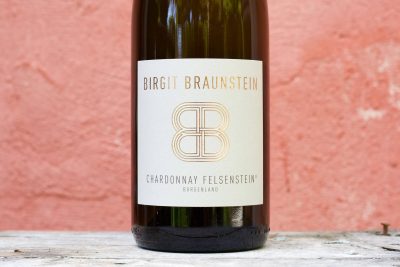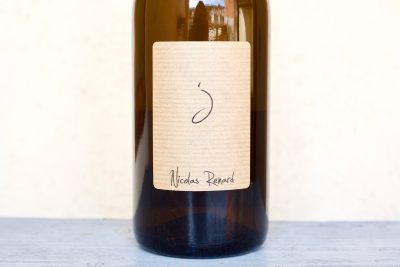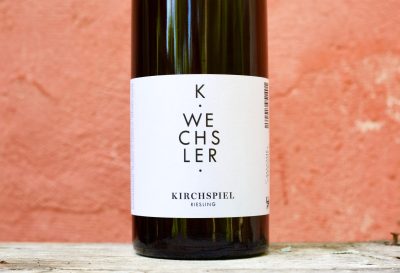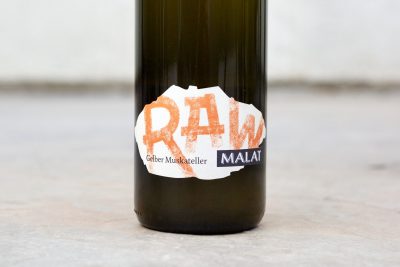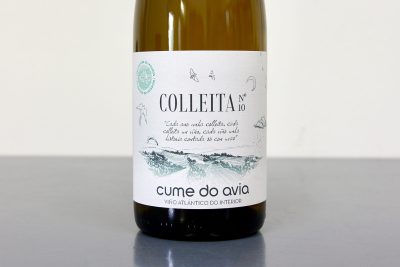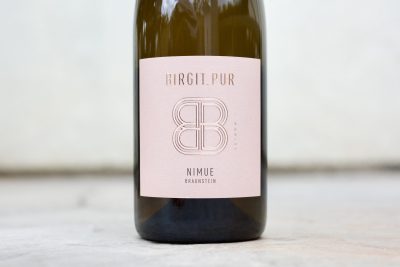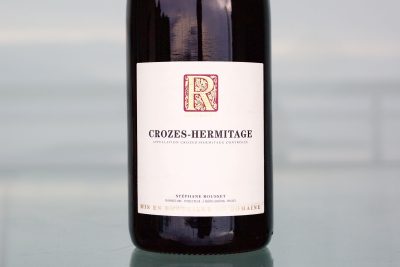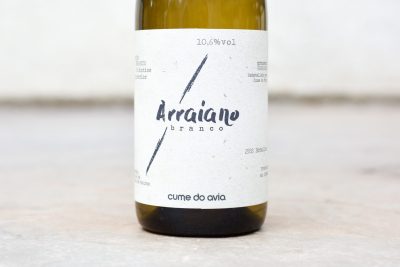Weingut Tegernseerhof
Photography and writing by Ted Vance.
Martin Mittelbach is a Wachau insider with an outsider’s perspective. He is the fifth generation of Mittelbachs to run the historical Tegernseerhof, an estate that goes further back than 1000 years. Despite the estate’s historical merit you couldn’t find a much more progressive winemaker with his own set of standards and way of thinking in this region. Martin took over the estate at a very young age and immediately changed the way things were done. As you could imagine, there was some friction with his father who preferred to make wines more on the sweeter side. Today, you would be hard pressed to find a more dry and straight style in the Wachau. The grapes are harvested and sorted rigorously to take out any botrytis grapes and then vinified and raised in stainless steel. They are harvested with no botrytis to keep the wines focused and tense. His wines are like his personality: intense, focused and highly intellectual. These laser beams are as far away from the often baroque style that can be found in this region. In every level his wines excel and can stand tall next to any of the greatest producers in Austria.
Weingut Tegernseerhof - 2018 Gruner Veltliner, Mittelbach
Out of stock


